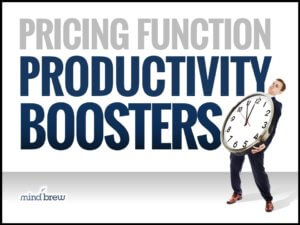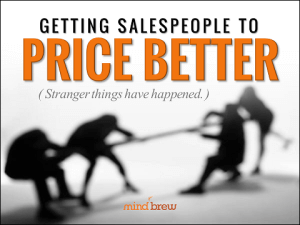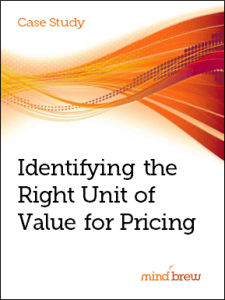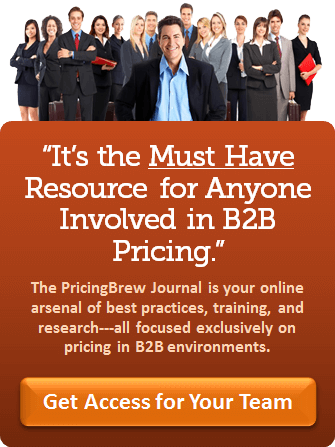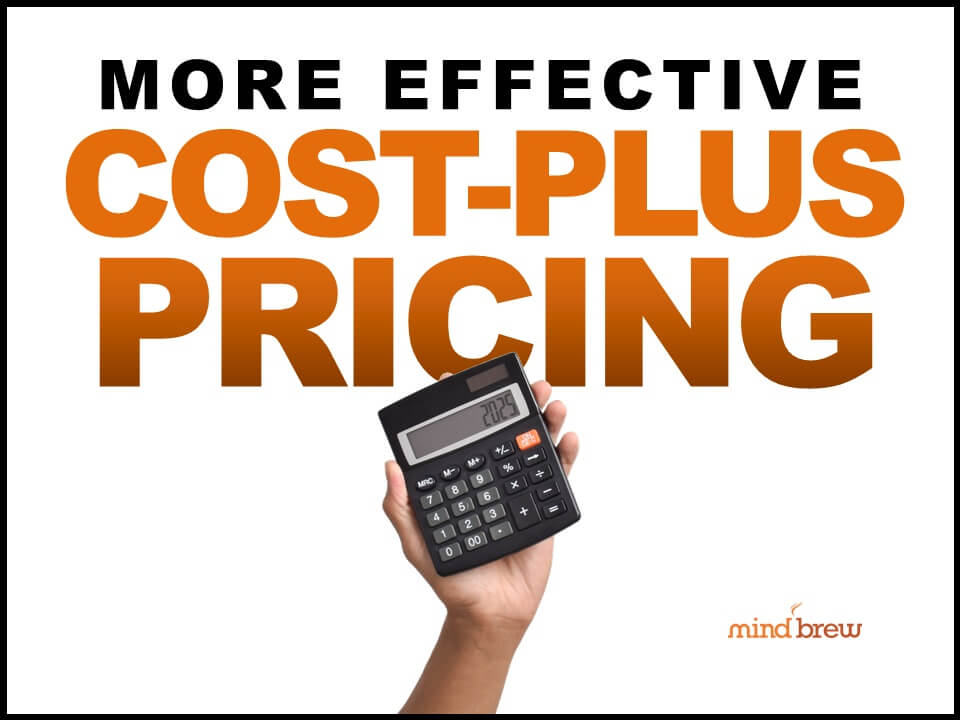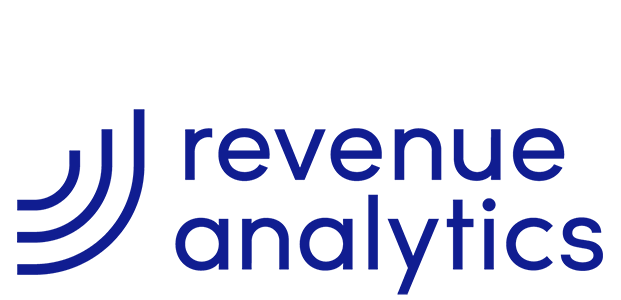In our live research briefing on Managing Risk in B2B Pricing, we highlight an aspect of human behavior that seems a bit counterintuitive…
We humans are naturally wired to be very good at spotting potential risks. But we are terrible at assessing those risks accurately and realistically. We’re wired to react to the rustling in the tall grass without really knowing whether it’s caused by a tiger or a rabbit. And while this tendency certainly helped our ancestors avoid getting eaten, in a modern business setting it often leads to poor decisions in both directions.
The most common error is downside overreaction. Something new or different is proposed…maybe a system improvement, a better comp structure, or maybe a smarter forecasting approach…and the knee-jerk, reflexive response is “Ohhhhh gosh….ohhhhh golly…that sounds risky!” It doesn’t matter that the current approach has proven time and time again to be very costly and extremely risky. No, once a possible threat to the status quo is detected, that ancient wiring kicks in and people jump to the worst-case scenario.
And then they freeze. Or they back away. Or they try to find a “safer” decision that actually solves nothing.
On the flip side, there’s also the tendency among certain personality types to underplay or dismiss the risks. This tends to happen when people don’t like the implications or don’t want to admit that there are meaningful downsides to a favored plan or pet project. So instead of dramatizing the risks, they downplay them. Or they don’t even acknowledge there are risks in the first place.
And as a result, people once again end up doing the wrong things.
So what’s the alternative? Are we supposed to conduct a detailed, multidimensional risk analysis every time a decision needs to be made? Should we slow the business to a crawl and gum up the works with rigorous risk assessments?
Thankfully, no. In the Managing Risk in B2B Pricing briefing, we introduced a much simpler, faster, and more practical approach. It’s not a model. It’s not a methodology. It’s just a straightforward equation:

That’s it. Two variables. Not seventeen variables across a multidimensional risk management framework. Just two basic questions:
- What are the odds of something happening?
- And if that something happens, what’s at stake?
Now, this equation doesn’t give you a magic number. It doesn’t reduce decision-making to a paint-by-numbers calculation. But what it does do is help clarify whether you’re really dealing with a low-risk situation, a high-risk situation, or something in between. And it forces much more discipline into conversations that would otherwise be driven by basic instincts, fear, or wishful thinking.
And once you get the hang of it, you can use this equation just about anywhere.
Let’s say you want to move from manually maintained price lists to a more dynamic, data-driven system that uses logic-based rules and triggers. You know to expect that some people in the organization will immediately raise red flags and sound alarms. What if it’s too complicated and no one understands it? What if it messes up the ERP system? What if it alienates the sales team, erodes margins, and/or drives customers to defect?
Thinking through the equation, we might determine that while the odds of the initiative going sideways are only moderate, the stakes are actually quite high. After all, pricing errors at scale can have a direct and measurable impact on revenue, margins, and customer satisfaction.
From this more realistic starting assessment, we can leverage the equation further to help identify a better path forward. What can we do to reduce the odds of the initiative going sideways? And what can we do to lower the stakes should something not work out the way we want?
In answering these follow-on questions, we might decide to run the new pricing logic in “shadow mode” alongside the current system for a few months. And we might also decide to limit the initial rollout to a few lower-risk regions or segments as a pilot program.
The basic risk equation can even help in more immediate, day-to-day scenarios…
Suppose a sales rep is pushing back on quote for a specific customer. Initially, the rep believes that upon seeing the quote, the customer will become so enraged that they’ll take all of their business elsewhere forever. Just talking through the variables of the equation might help the rep see that 1) the odds of that happening are almost zero, and 2) the stakes really aren’t that high because the customer isn’t that valuable or strategic in the first place.
The real value here isn’t that the equation actually solves for anything specific. It’s that the equation helps clear away the fog. When used in planning meetings or in one-on-one conversations it helps get everyone on the same page faster. Instead of arguing over gut feelings or primal instincts, you’re grounding the discussions in more realistic and accurate assessments of exposure and consequences.
While a simple equation like “odds times stakes” can’t possibly make all of the risks go away, it can help you see the risks more clearly, act on them more rationally, and steer your organization more confidently.




